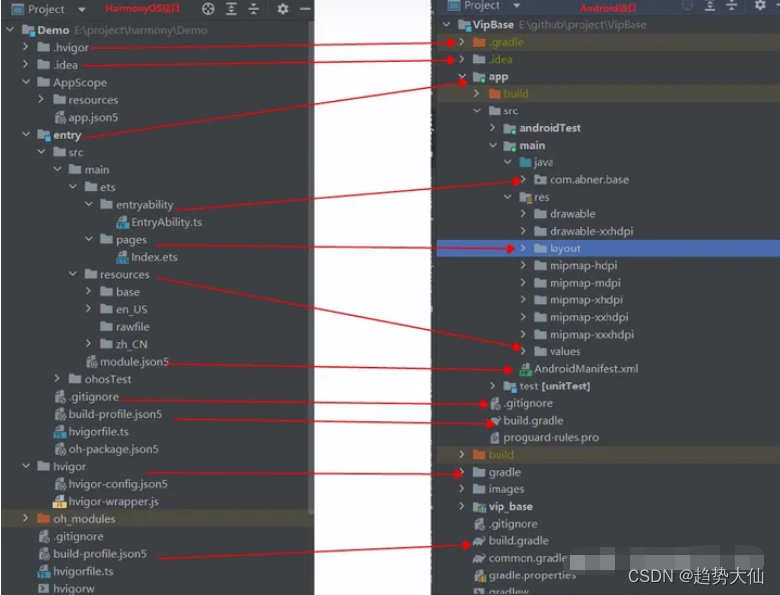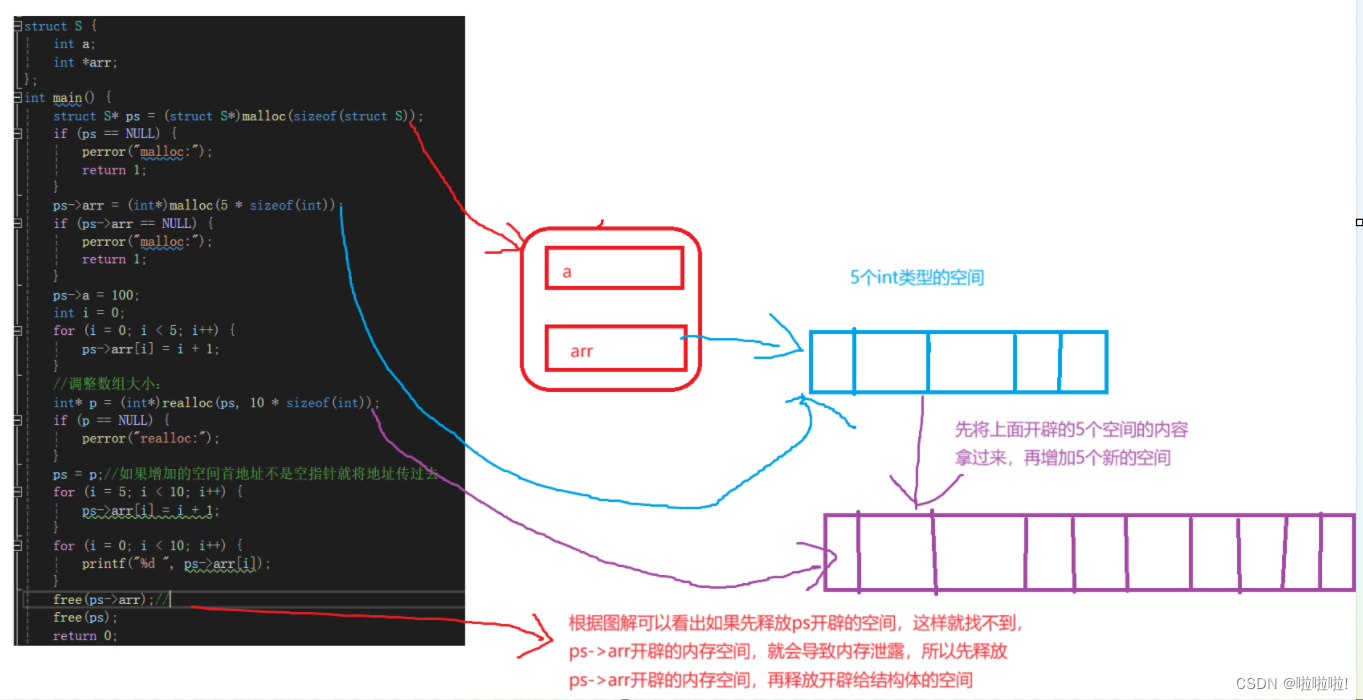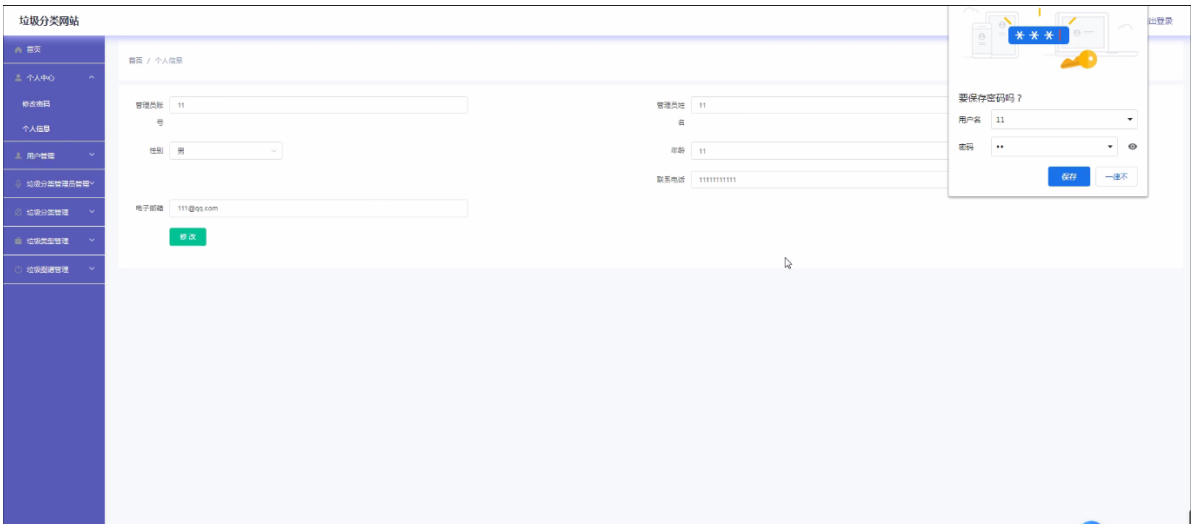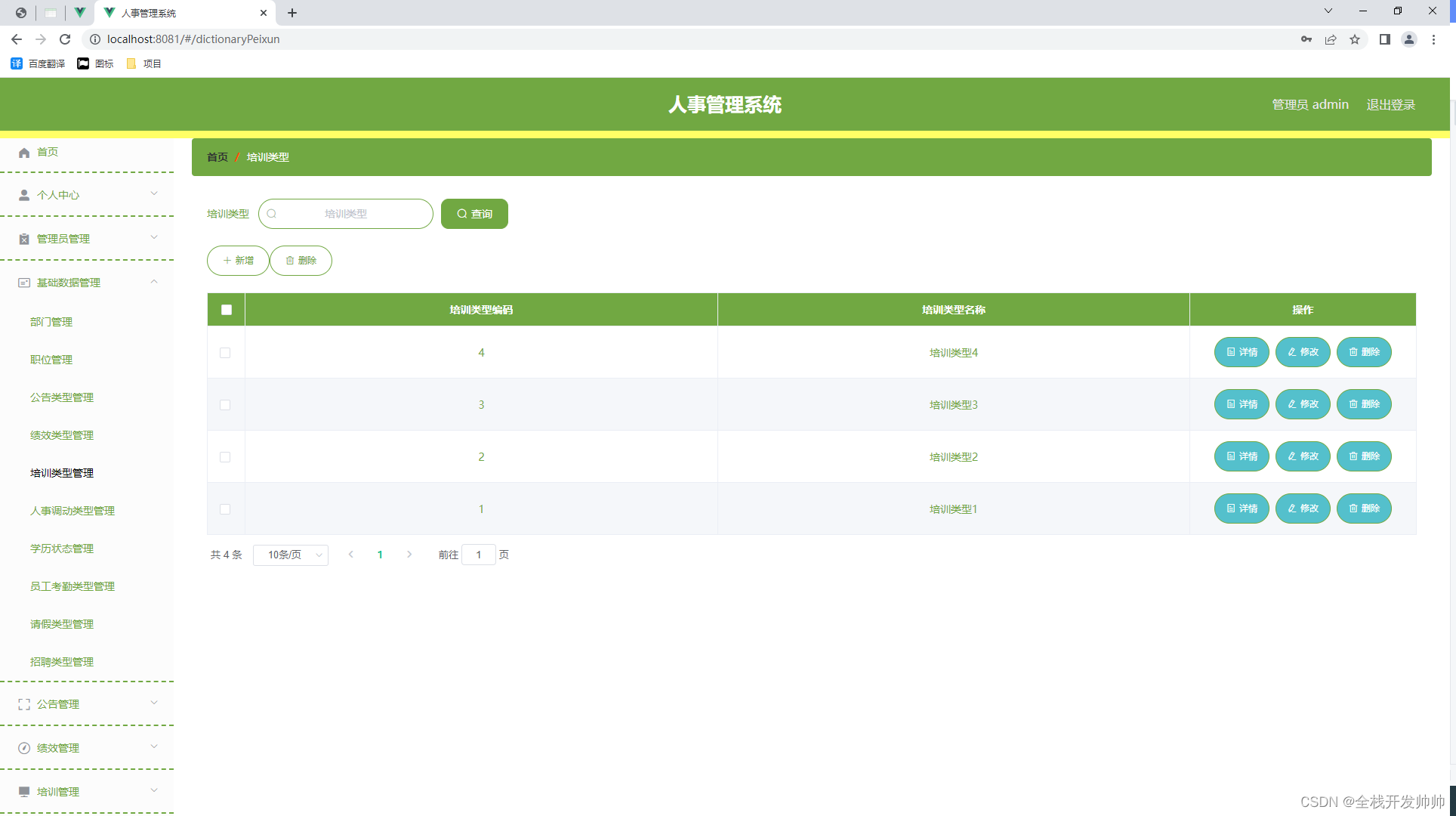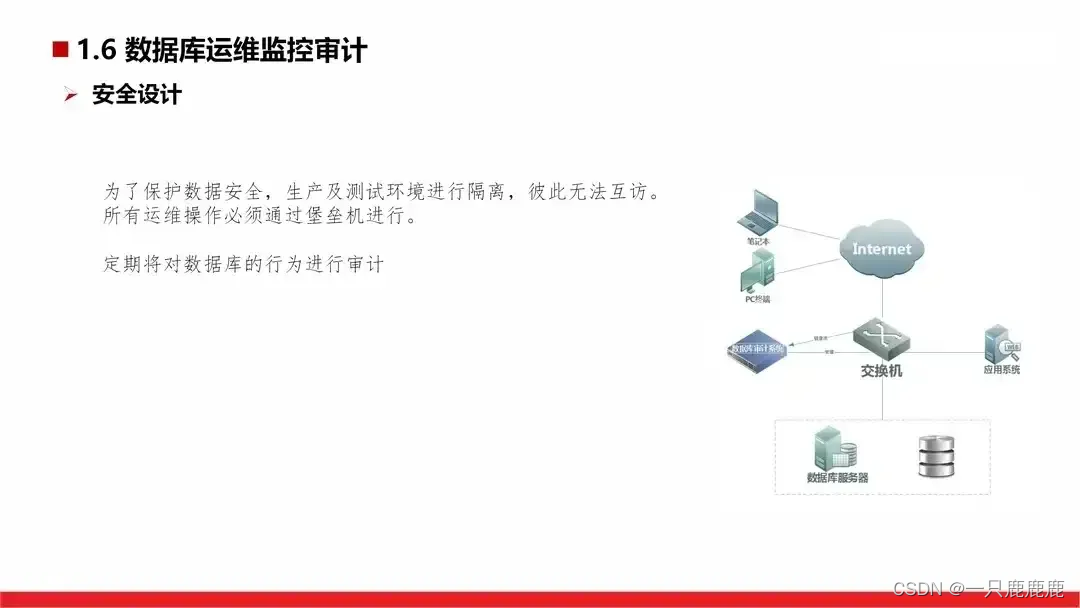参考文章
- 岛屿个数1
- 岛屿个数2
题目
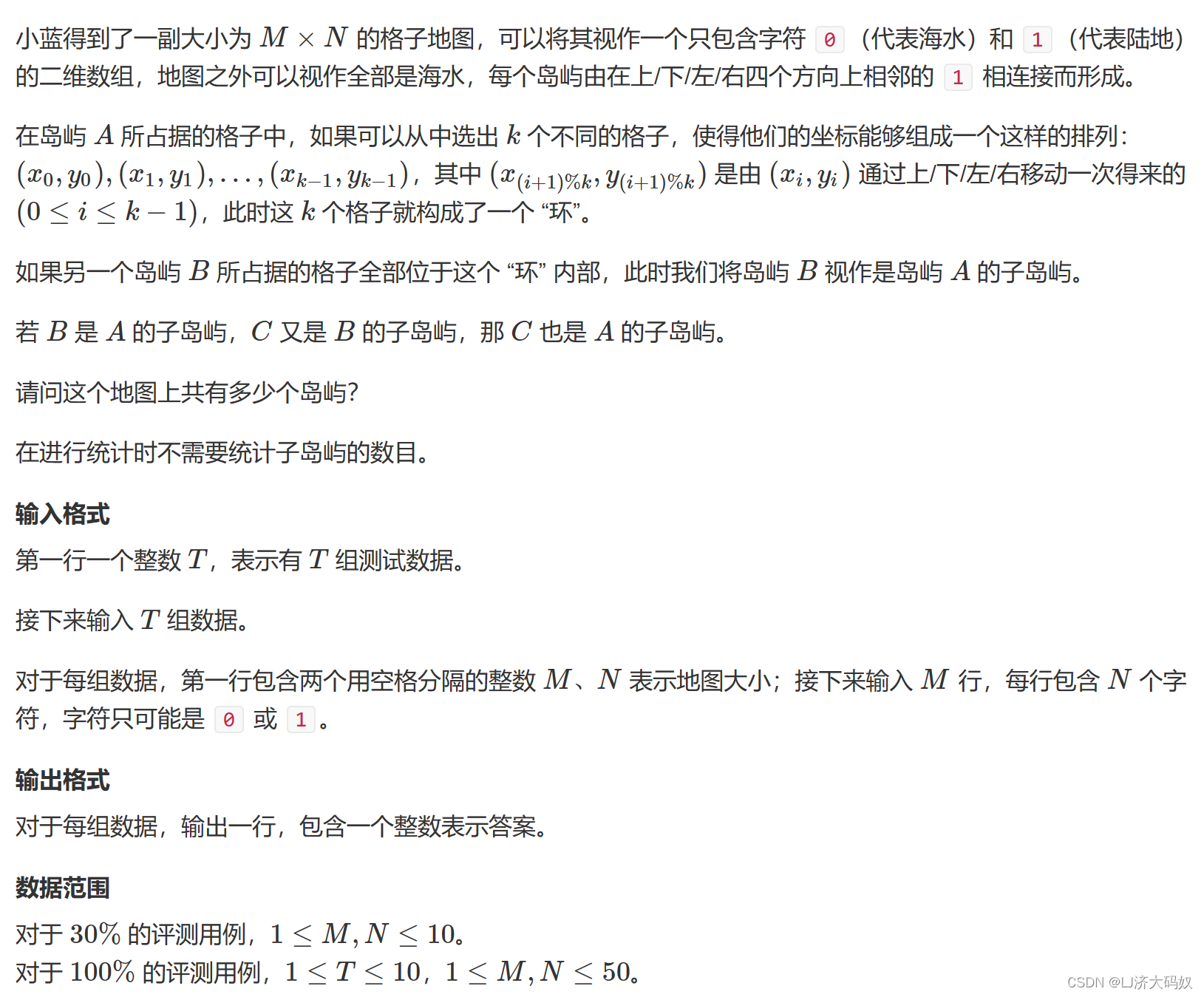
输入样例:
2
5 5
01111
11001
10101
10001
11111
5 6
111111
100001
010101
100001
111111
输出样例:
1
3
样例解释
对于第一组数据,包含两个岛屿,下面用不同的数字进行了区分:
01111
11001
10201
10001
11111
岛屿 22 在岛屿 11 的 “环” 内部,所以岛屿 22 是岛屿 11 的子岛屿,答案为 11。
对于第二组数据,包含三个岛屿,下面用不同的数字进行了区分:
111111
100001
020301
100001
111111
注意岛屿 33 并不是岛屿 11 或者岛屿 22 的子岛屿,因为岛屿 11 和岛屿 22 中均没有“环”。
思路
遍历二维数组,遇到一块陆地‘1’,那么就把包含这块陆地的岛屿用bfs_islands函数搜索一遍,并标记这些块已经被搜索过了。然后,“派一些船”从该岛屿上一块陆地的八个方向出发,让船在海水上行驶,如果有船能到达“世界边缘”,那么说明该岛屿没有被包围。
最外层加一圈海水,这一圈海水即为世界边缘。
如果还是不太理解可以照着代码模拟一遍过程,就可以知道是如何得出答案的了。
代码
#include<bits/stdc++.h>
using namespace std;
typedef pair<int, int> PII;
const int N = 55;
//上右下左 左上 右上 右下 左下
int dx[] = {-1, 0, 1, 0, -1, -1, 1, 1}, dy[] = {0, 1, 0, -1, -1, 1, 1, -1};
char a[N][N];
int n, m;
//st_il[][]判断某快陆地是否被遍历过;st_sw[][]判断某片海水是否被遍历过
bool st_il[N][N], st_sw[N][N];
bool bfs_out(int x, int y)
{
memset(st_sw, 0, sizeof(st_sw));//每次航海都要重置海水为:都没被遍历过
queue<PII> q;
q.push({x, y});
st_sw[x][y] = true;
while (q.size())
{
int t1 = q.front().first, t2 = q.front().second;
q.pop();
if(t1 <= 1 || t1 >= m || t2 <= 1 || t2 >= n)
return true;
for (int i = 0; i < 8; i ++)
{
int tx = t1 + dx[i], ty = t2 + dy[i];
if (tx >= 0 && tx <= m + 1 && t2 >= 0 && t2 <= n + 1 && !st_sw[tx][ty] && a[tx][ty] == '0')
{
st_sw[tx][ty] = true;
q.push({tx, ty});
}
}
}
return false;
}
void bfs_islands(int x, int y)
{
queue<PII> q;
q.push({x, y});
st_il[x][y] = true;
while (q.size())
{
int t1 = q.front().first, t2 = q.front().second;
q.pop();
for (int i = 0; i < 4; i ++)
{
int tx = t1 + dx[i], ty = t2 + dy[i];
if (tx >= 1 && tx <= m && ty >= 1 && ty <= n && !st_il[tx][ty] && a[tx][ty] == '1')
{
st_il[tx][ty] = true;
q.push({tx, ty});
}
}
}
}
void solve()
{
cin >> m >> n;
for (int i = 1; i <= m; i ++)
for (int j = 1; j <= n; j ++)
cin >> a[i][j];
int res = 0;
for (int i = 1; i <= m; i ++)
for (int j = 1; j <= n; j ++)
{
if (!st_il[i][j] && a[i][j] == '1')
{
bfs_islands(i, j);
if (bfs_out(i, j)) res ++;
}
}
cout << res << endl;
memset(st_il, 0, sizeof(st_il));
}
int main()
{
int T;
cin >> T;
while (T --)
{
solve();
}
return 0;
}
